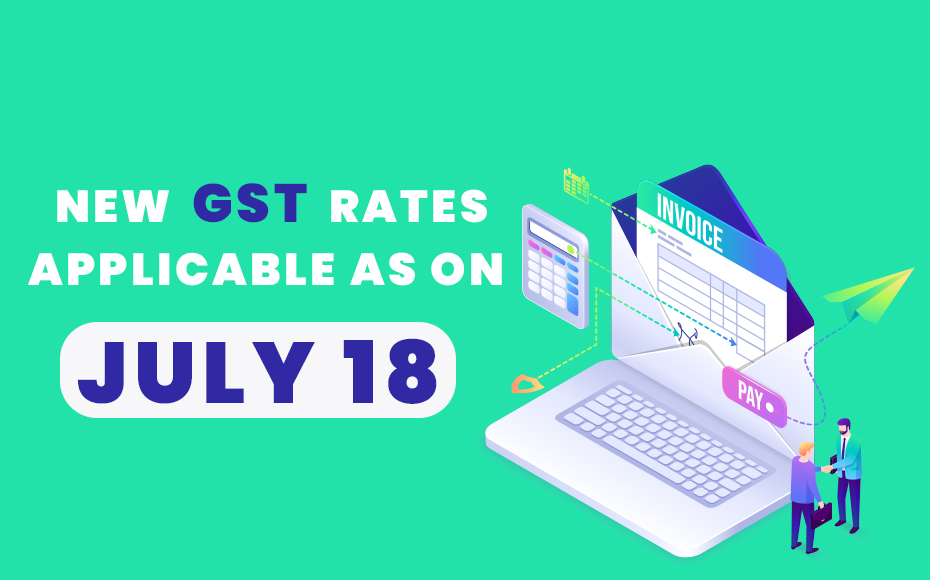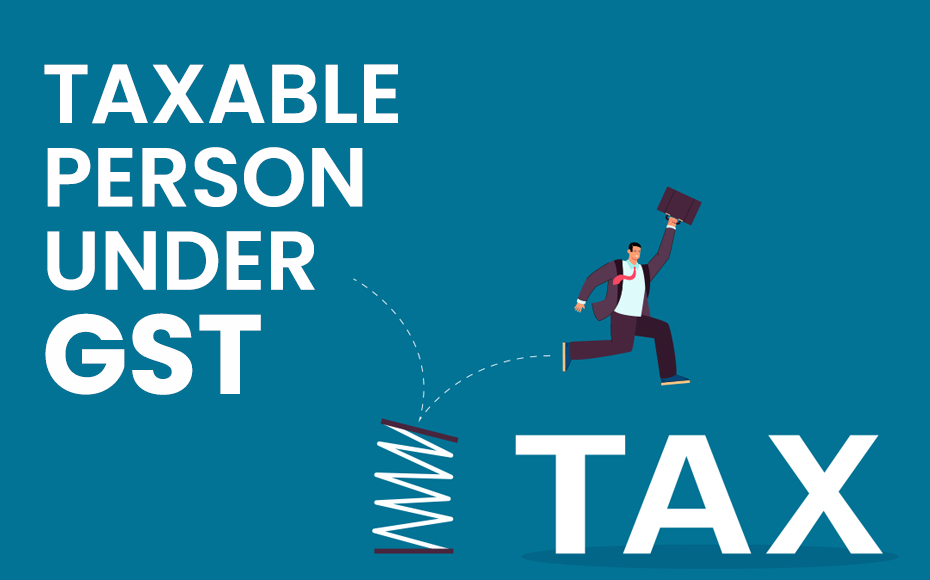

August 08, 2022

The GST implied on commodities and services contributes significantly to bringing together the entire market. An increase in the rate of GST has been discussed and addressed by the GST council as a means of stabilizing the inefficiencies caused in the value chain. The 47th GST council meeting has made decisions on making amends in the tax rates applied on goods, and services, and is applicable from 18 July 2022. Let’s look into some key takeaways regarding the new GST rates discussed at the GST council meeting.
The new GST rates and GST revisions have a huge impact on the lives of common people. Though GST has contributed to replacing multiple central and state tax collections, it has become the source for providing funds for development activities across the country. Although the implementation and amendments of GST rates have minimized tax evasions to an extent, it is crucial to consider the impact and effect of GST on different fields of the economy. According to the GST Council meeting, once the changes are put into effect, the pricing of different items will differentiate them as more expensive and less expensive.
Under many items which have been recommended for the GST ambit, pre-packaged food, and labeled items are included in five percent of GST, eight percent of GST is charged on the issuance of bank cheque book, twelve percent of GST on hotel rooms, five percent of GST without ITC on hospital beds except ICU, twelve percent to eighteen percent GST on LED lights, lamps and also knives. The change in customer preferences over goods and services has also impacted the revision rates of GST. Detailed information is as follows:
Apart from the hike of GST rates on different commodities, the price range of many items has decreased as well. Various items on which recommendation of GST council has been implemented include ropeway rides, renting on the goods carriage, appliances used for orthopedics, and many more. Only when these items are used frequently might the reduction in pricing in accordance with GST rates have been more beneficial to the average person. This uniformed tax regime and GST council meeting proposals are affecting the daily lives of people both beneficially and adversely. Detailed information is as follows:
Moreover, the following services are no longer exempt:
Implementation of GST in the country had marked the initiation of unification of taxes along with a scope of increased production with increased competitiveness. While production costs and other factors seem to affect the economy positively, the rise and fall of the price range for goods and services cause a disturbing phase in the lives of many. Though the recommendations of the GST council in the 47th meet are trying to augur well with consumers, it comes with drawbacks as well. Moreover, with an intention of rationalizing the tax structure on goods and services, the revised GST rates have effectively become part of our lives and every individual must abide by these with immediate effect.




